By Louise Irvine
Glass is one of the world's oldest materials created by humans and it has been used to make art for millennia. The ancient Egyptians made colored glass beads for jewelry and the Romans developed hollow molded glass vessels. Glass blowing was first practiced in the 1st century BC and modern masters of studio glass, such as Dale Chihuly, remain in awe of the process. Chihuly blew his first glass bubble in 1965 and the magic has stayed with him ever since. Experience Chihuly’s genius in the Hot Glass gallery at WMODA when we reopen in Hollywood.
Fire & Air
Glass can be blown by gathering a gob of molten glass around an open metal pipe and slowly rotating it. Blowing air through the pipe creates a bubble in the glass, which can be grown into a balloon. By skillful blowing and turning, all kinds of amazing shapes can be produced. You will be blown away at WMODA by all the spectacular art forms created with human breath and a bubble of glass. Chihuly’s Macchia forms are among the largest blown glass vessels on display in the Art on Fire exhibition at WMODA.
Earth & Fire
Legend has it that shipwrecked Mediterranean sailors accidentally created glass from sand and some blocks of soda which melted in a beach bonfire thousands of years ago. The earth provides the raw materials for glass, which is made from sand (silica) heated to intense temperatures. Nature sometimes produces its own glass when a sandy beach is struck by lightning.
In glassmaking, soda ash (sodium carbonate) is added to the mix to reduce the sand’s melting point and limestone (calcium carbonate) is included for durability. Ordinary soda-lime glass appears colorless, but metals and metal oxides can be added to create color and enhance its aesthetic appeal. For instance, manganese is one of the oldest glass additives and has been used since Egyptian times to create purple amethyst glass. Chihuly’s Ikebana flowers at WMODA conjure up the beauty of the earth’s bounty.
Water & Air
Chihuly was drawn instinctively to the luminous qualities of glass, and he talks of finding sea glass on the beach as a child. Sea glass is formed by decades of sand and wave erosion on glass containers that have been tossed into the ocean. The colors of these beach gems vary according to the typical glass trash of the location – brown and green are most common in Florida.
Chihuly is inspired by nature in all its forms but he is particularly attuned to water and the ebb and flow of the tides in the Pacific Northwest where he grew up. His Seaforms are often reminiscent of the radial patterns on shells and sea urchins while some of the undulating forms suggest translucent jellyfish with floating tendrils. However, his work mainly conjures up associations with water and marine life without replicating them.
Glass is truly an extraordinary material. It is made from opaque sand, yet it is transparent. It behaves like a solid material, but it is also a sort of liquid. See its versatility as an art form in all the glass-making techniques represented at WMODA, which includes lampworking, glass fusing, glass pressing, and hot glass blowing.
Read more about Chihuly...

Fire
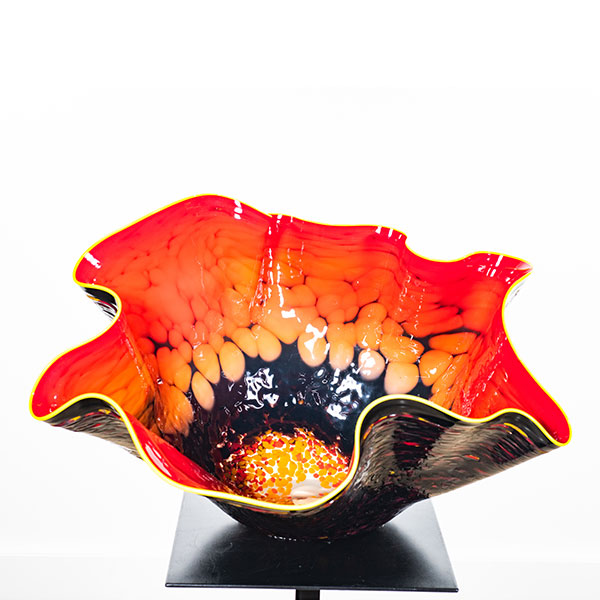
Chihuly Macchia
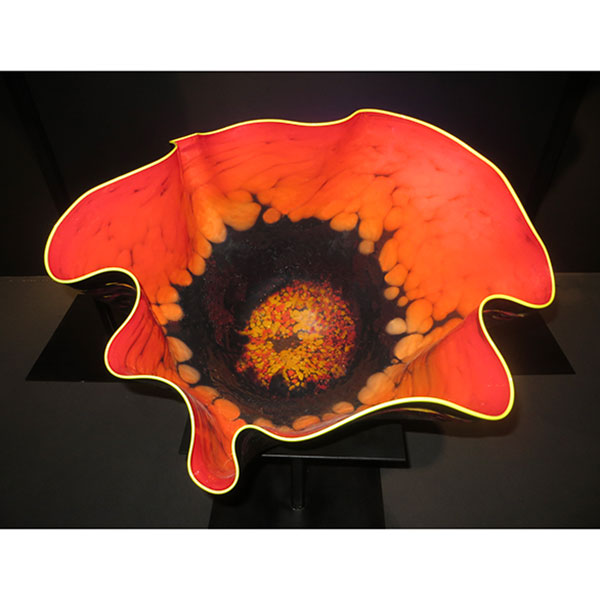
Chihuly Macchia Interior
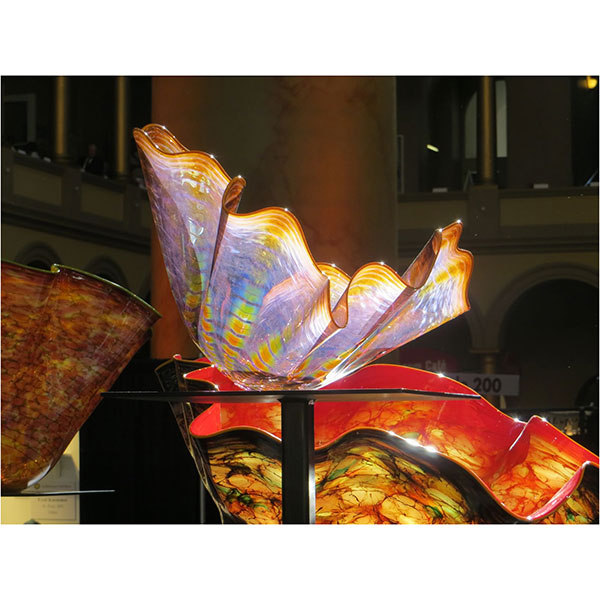
Chihuly Macchia Exhibition Smithsonian
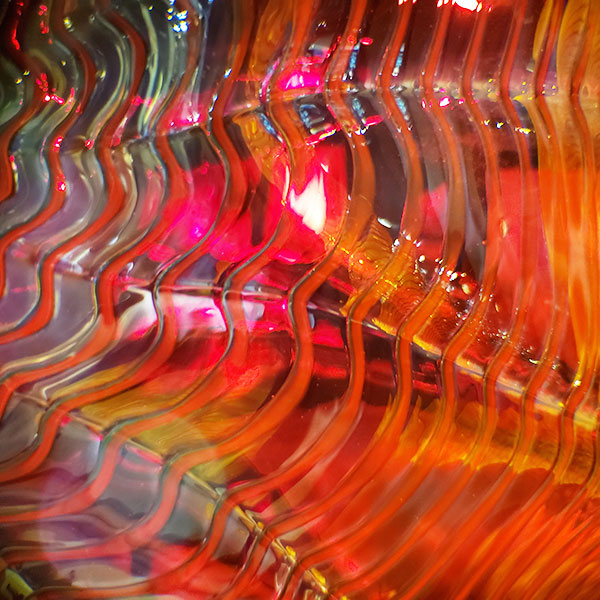
Chihuly Persian Detail
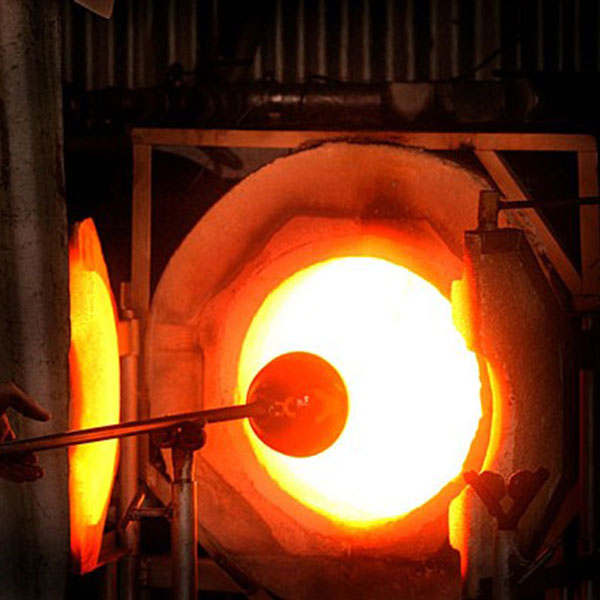
Glass Blowing
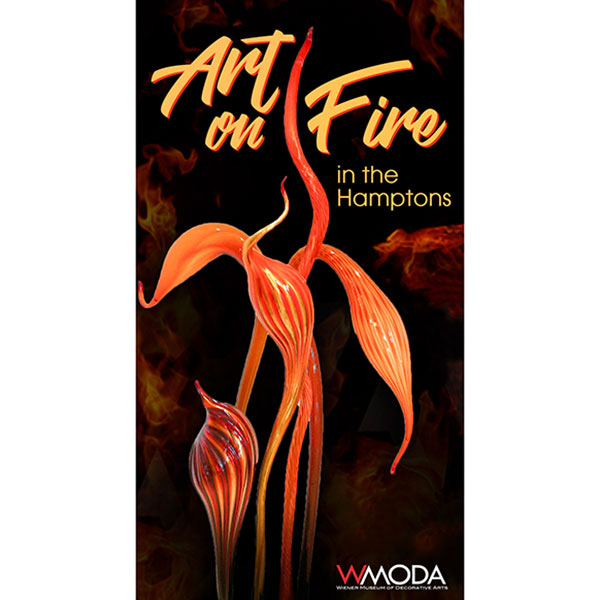
Art on Fire Hamptons Event Poster
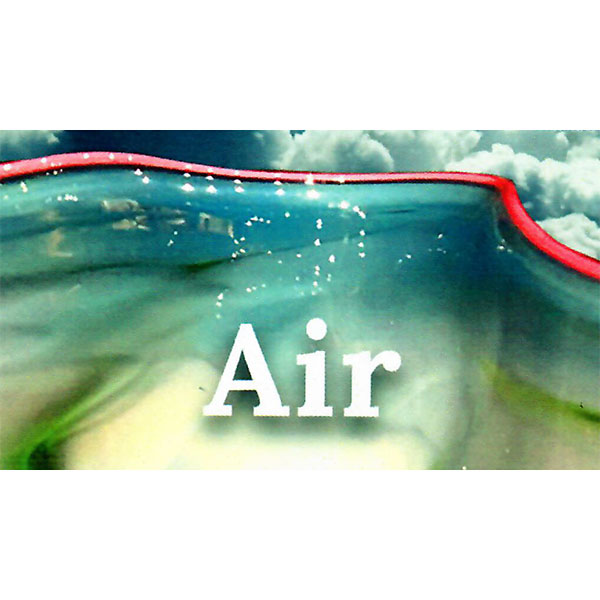
Air
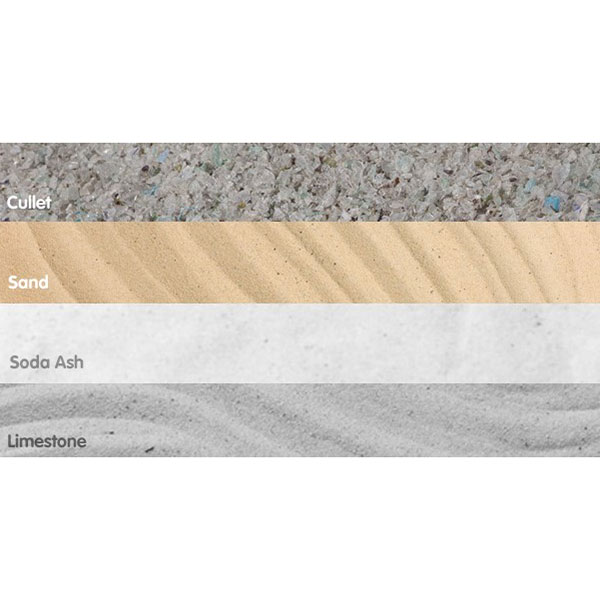
Glass Ingredients
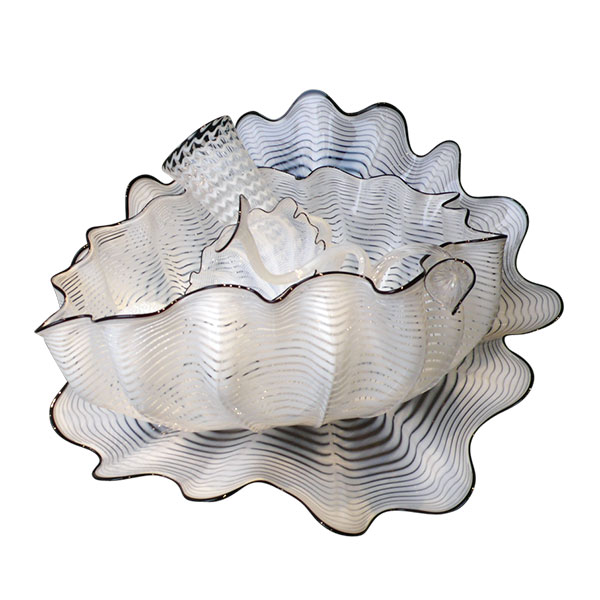
Chihuly Seaform Set
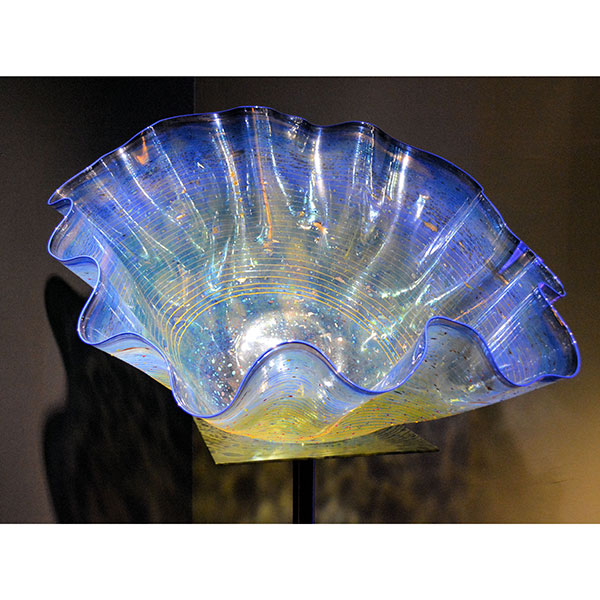
Chihuly Macchia
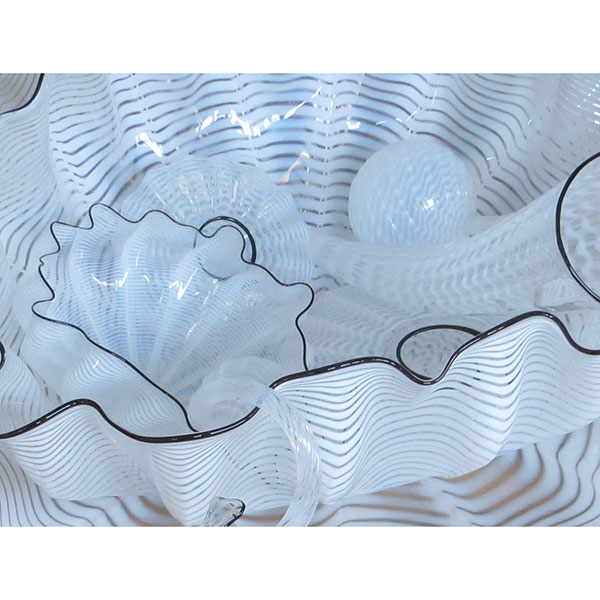
Chihuly Seaform
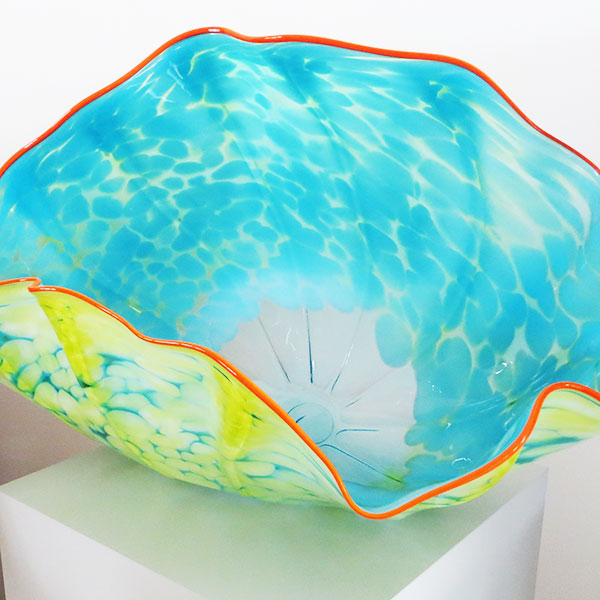
Chihuly Macchia Detail
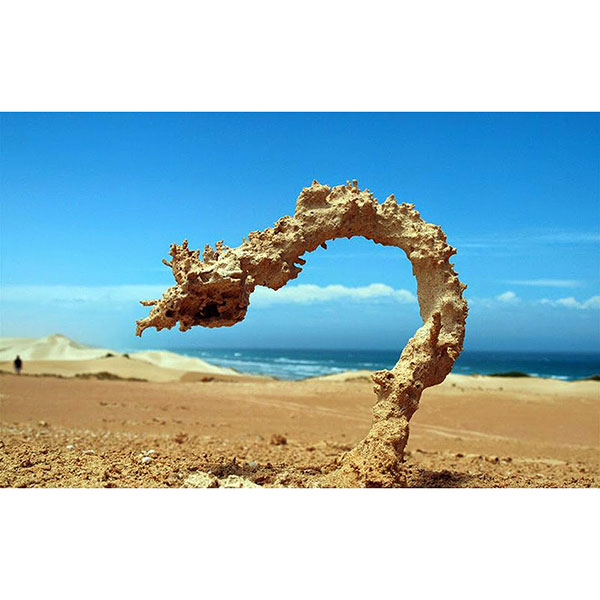
Fulgurite Lightning Glass
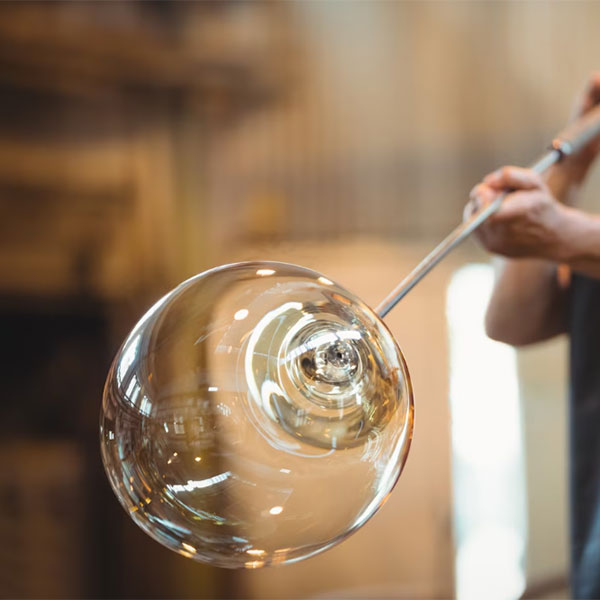
Blowing a Glass Bubble
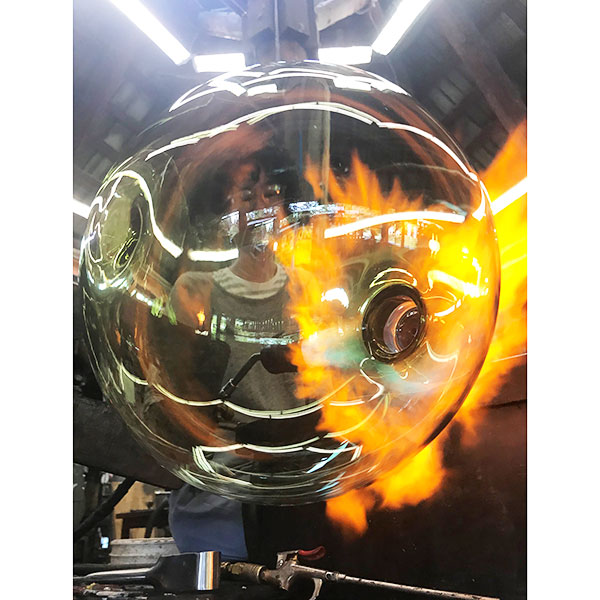
Glass Bubble
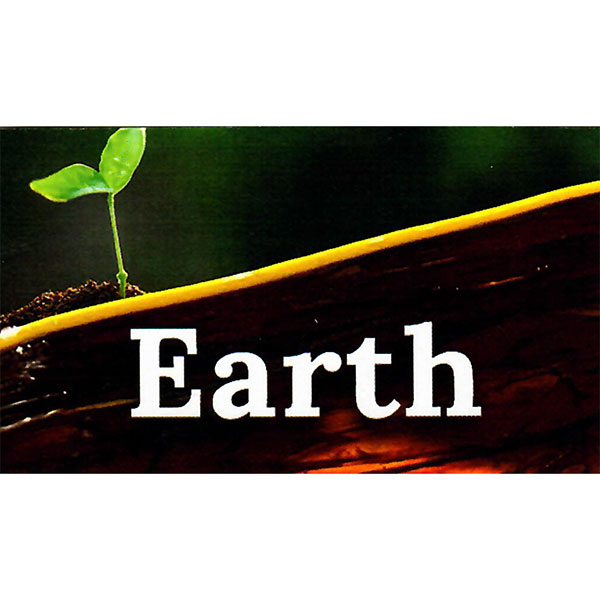
Earth
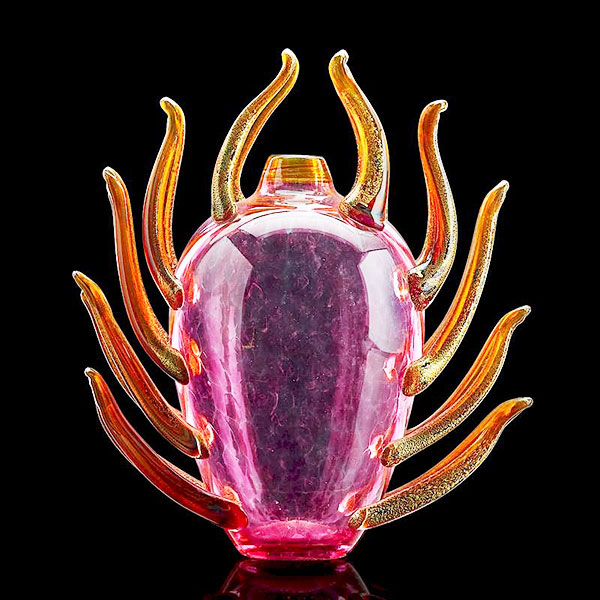
Chihuly Venetian Piccolo
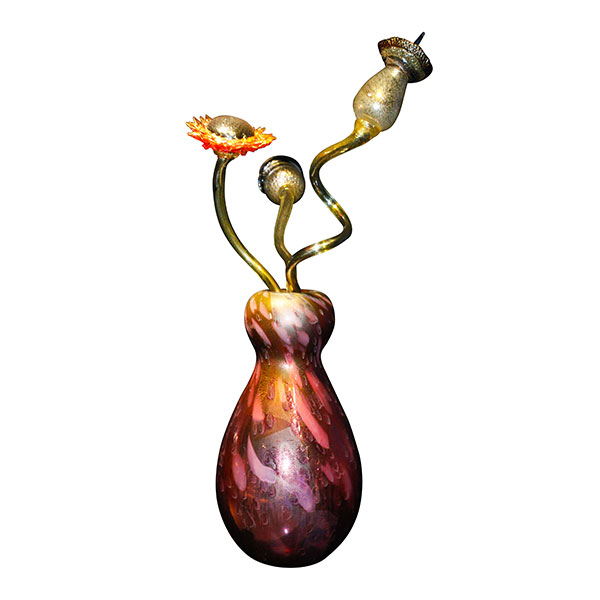
Chihuly Ikebana
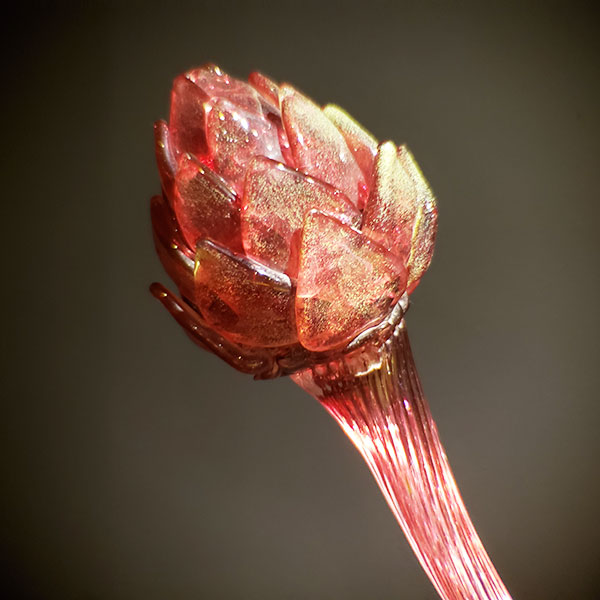
Chihuly Ikebana Detail
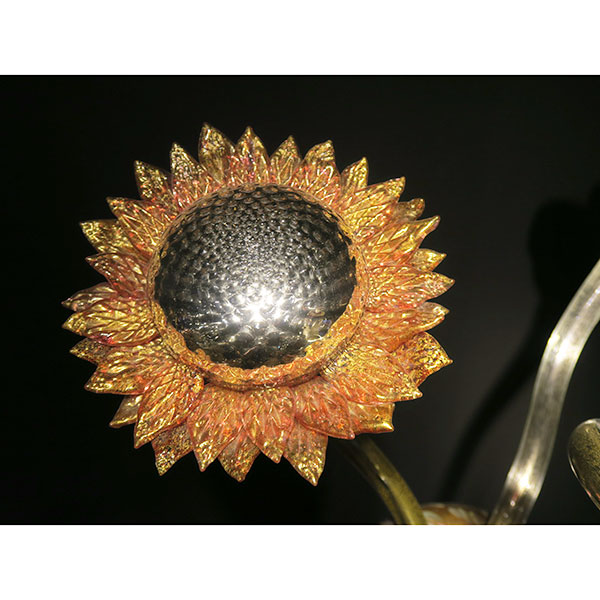
Chihuly Ikebana Flower
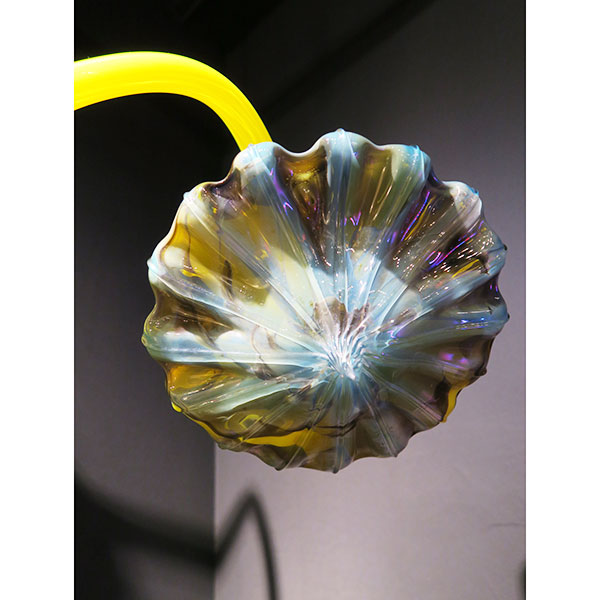
Chihuly Flower Detail
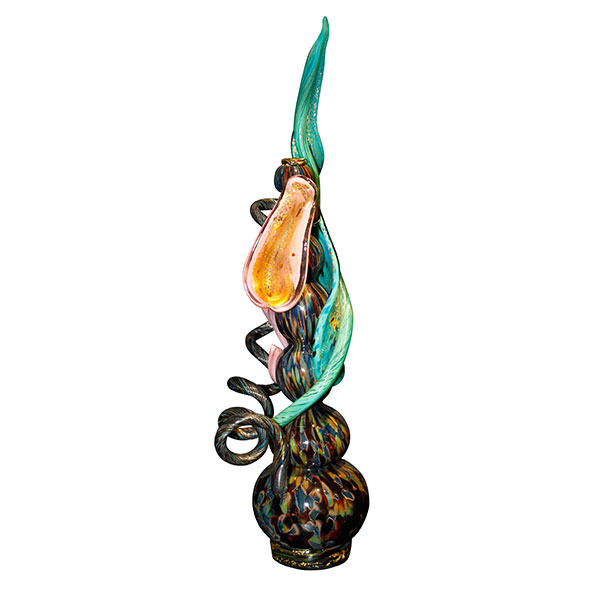
Chihuly Venetian
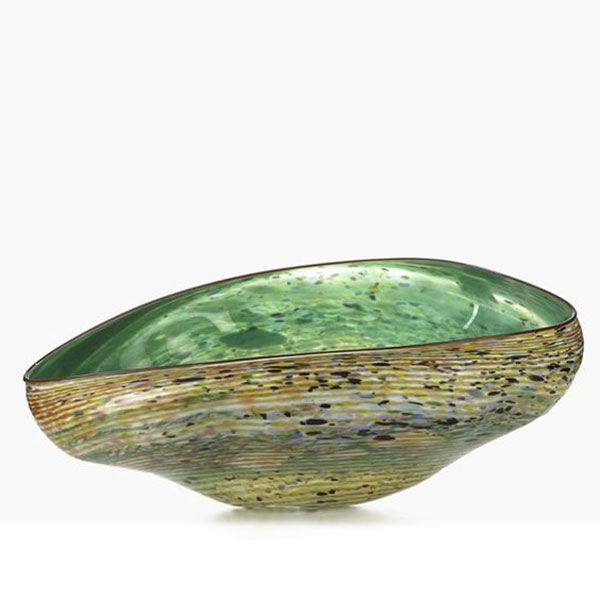
Chihuly Basket
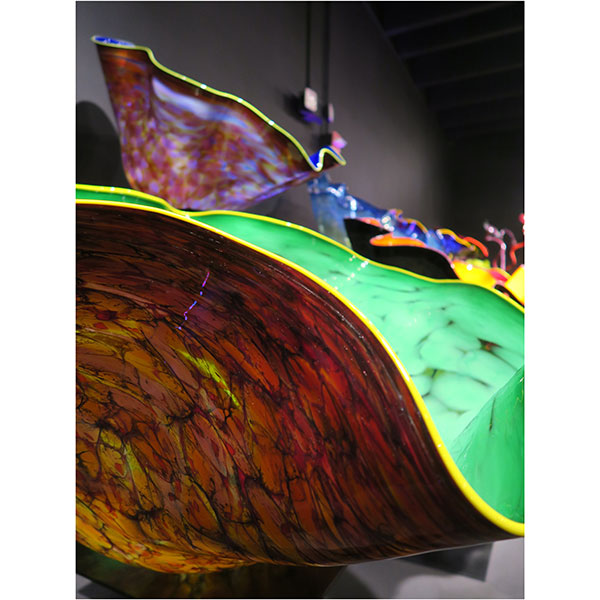
Chihuly Macchia Garden Detail
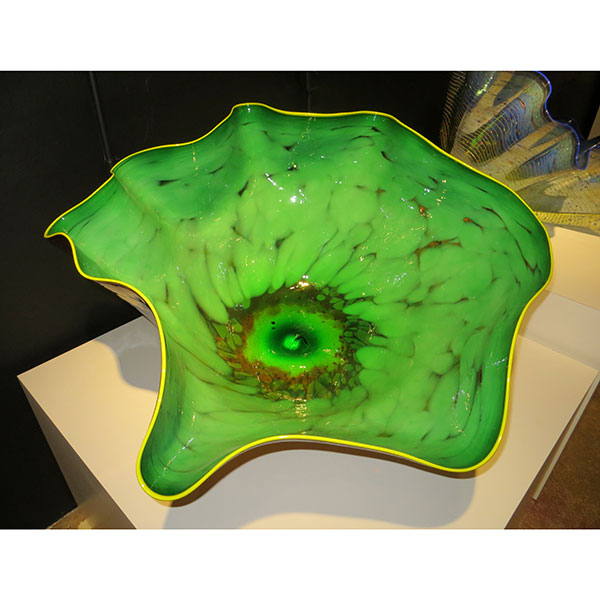
Chihuly Green Macchia
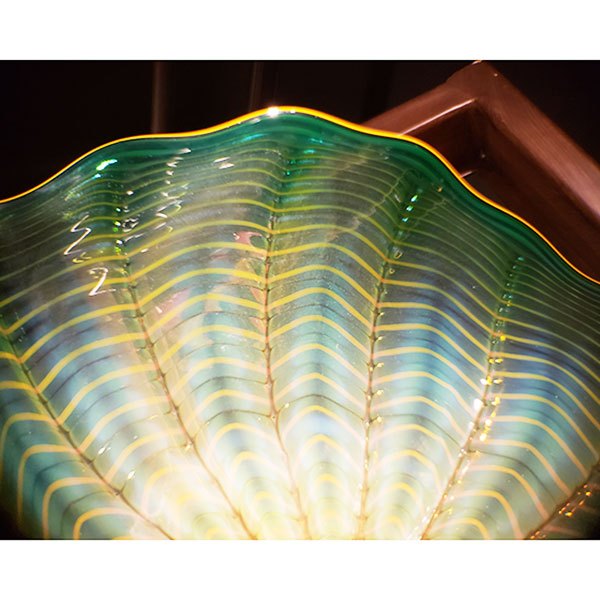
Chihuly Persian Wall Detail
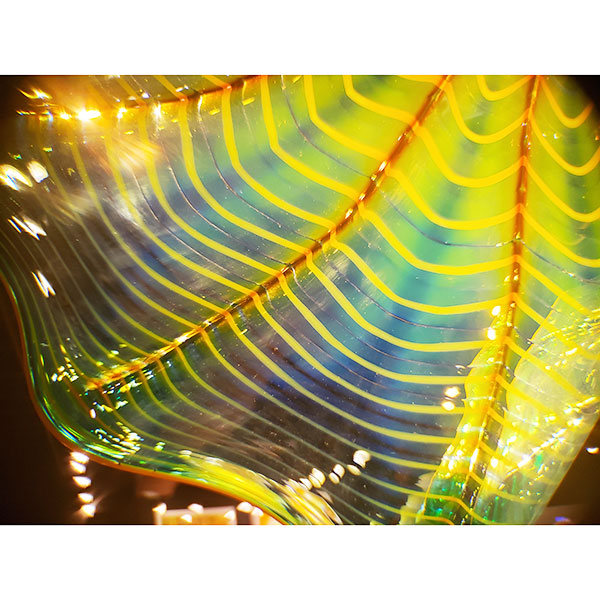
Chihuly Persian Wall Detail
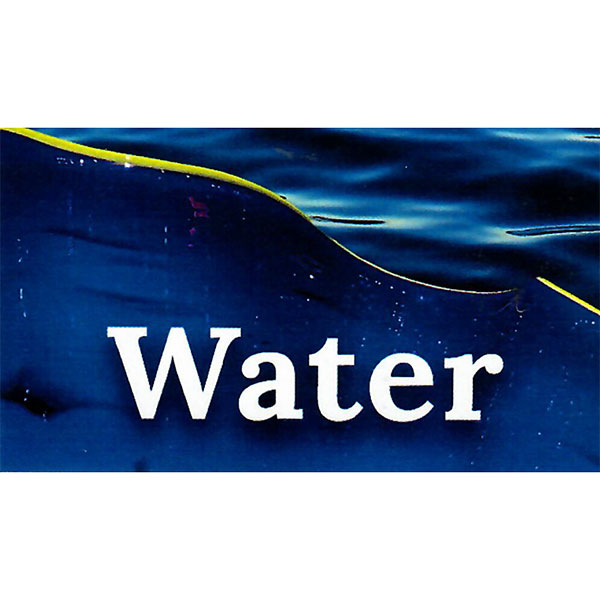
Water
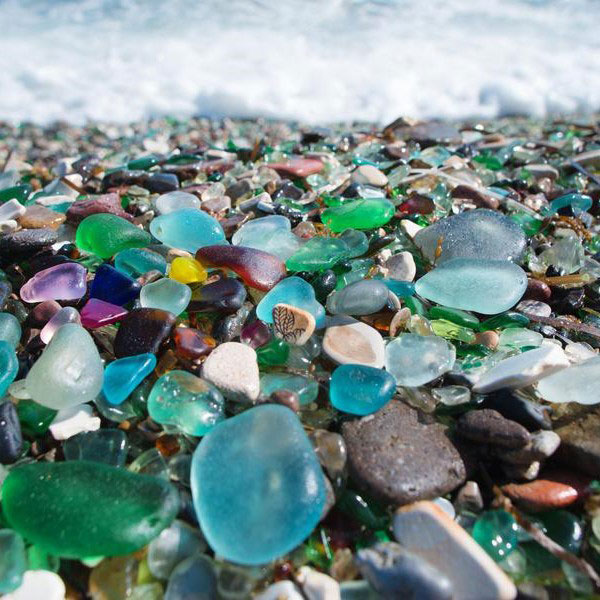
Sea Glass Beach
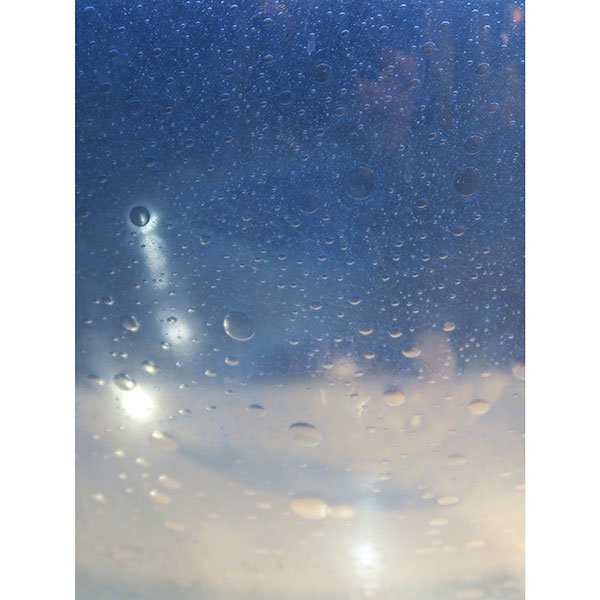
Chihuly Macchia Detail
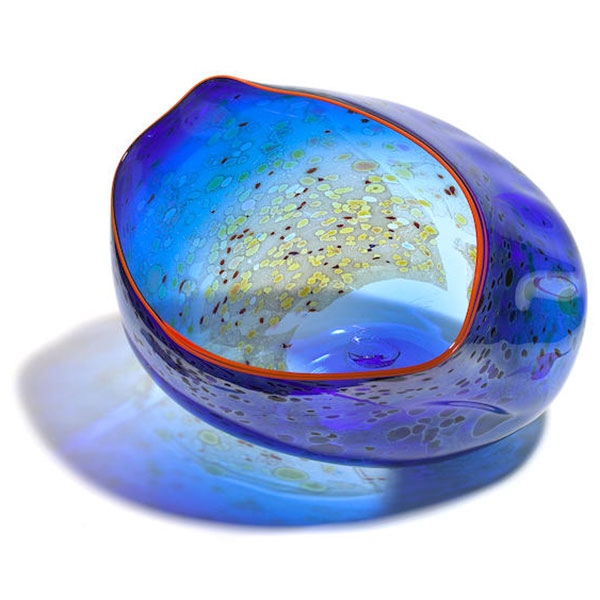
Chihuly Cobalt Basket
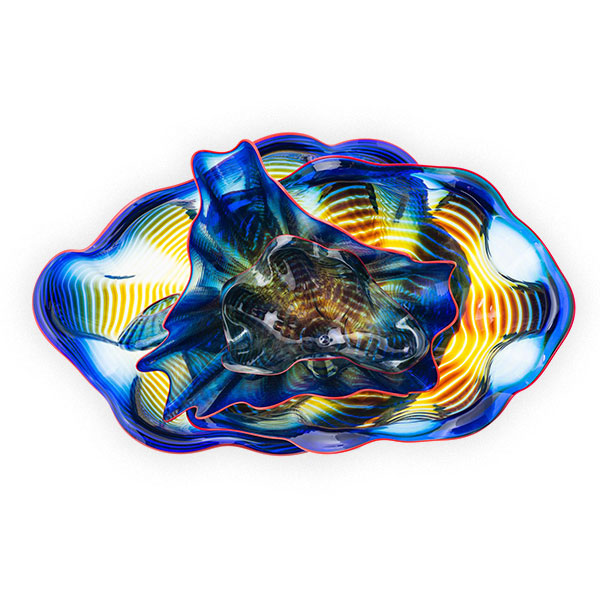
Chihuly Seaform
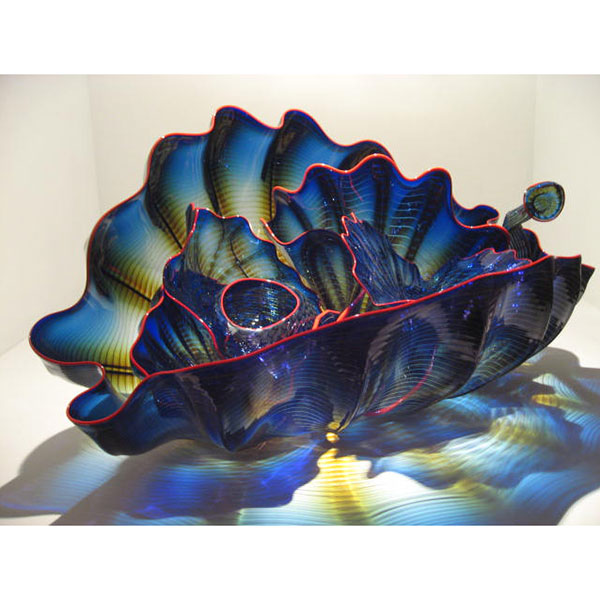
Chihuly Seaform Set
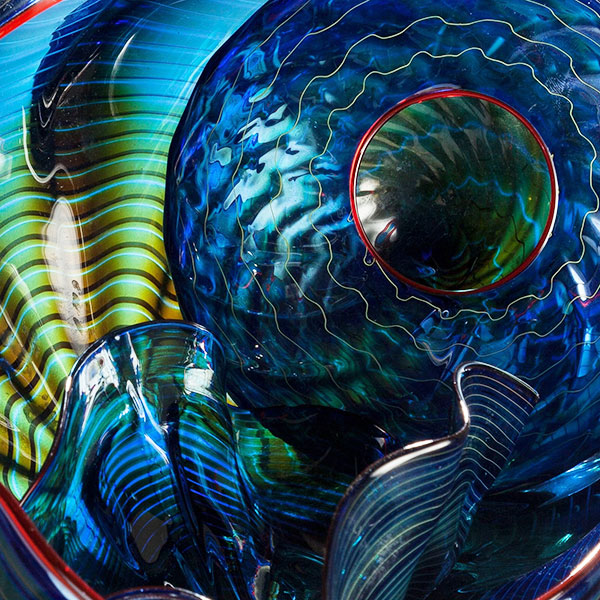
Chihuly Seaform Detail
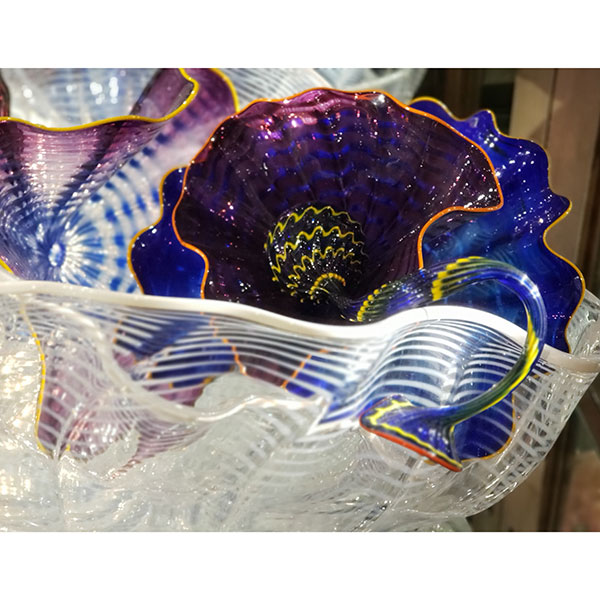
Chihuly Carnival Set Detail
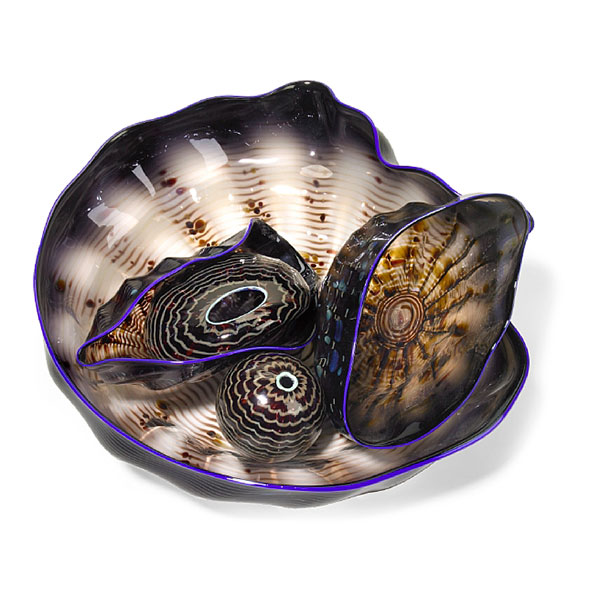
Chihuly Seaform Set
